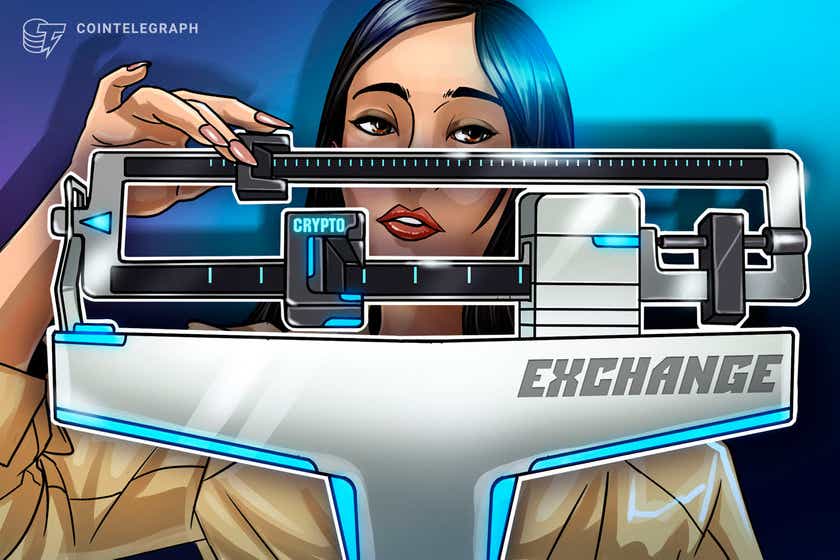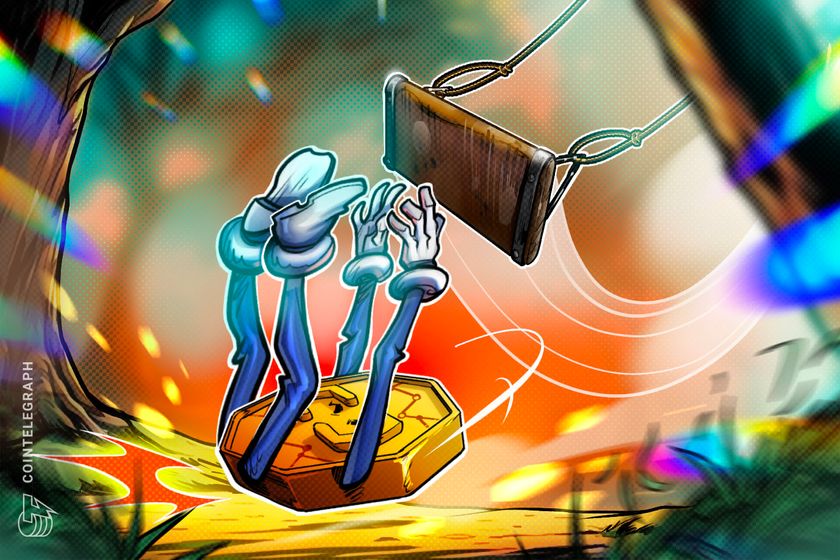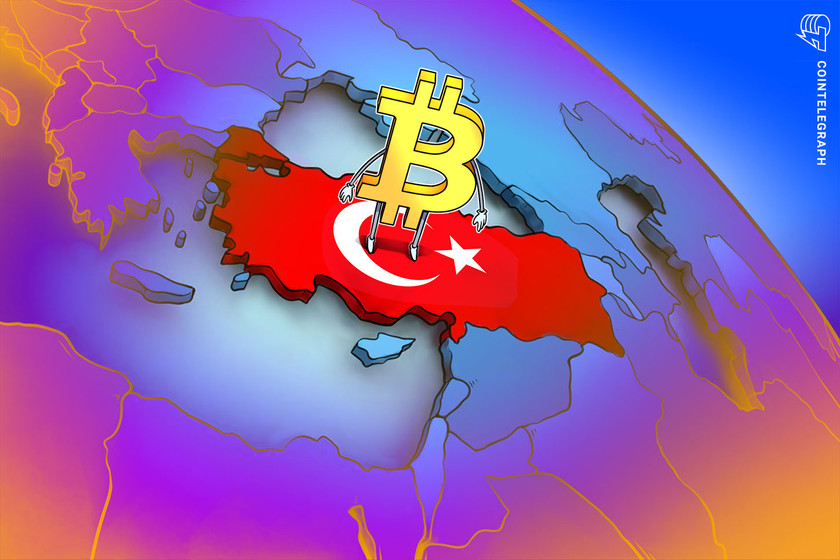Ethereum scalability issues exposed as high gas fees stall DeFi boom
The crypto market has been on the receiving end of a market downturn during the past week, with many cryptocurrencies facing drops in valuation almost overnight, raising concerns that a bear market has commenced.
Furthermore, in the wake of this market turmoil, Ethereum network transaction fees have surged, recently achieving an all-time high, thanks in part to the influx of many new on-chain transactions initiated by various decentralized finance protocols that have made their way into the crypto domain in recent months.
And while DeFi has provided investors with financial products through decentralized exchanges by way of various lending protocols that reward liquidity providers, this very facet of the technology has resulted in the creation of an undesirable environment of high transaction fees that, in turn, has gravely affected the value of many tokens.
Technically speaking, Ethereum’s existing gas prices respond to the relatively limited number of transactions that one can facilitate using a single block. Miners, in such a scenario, can choose the highest-priced transactions as their priority, so the result is an increase in effective gas prices.
That being said, there are several secondary reasons that have exacerbated the current situation, forcing Ethereum “core devs” to hold a virtual meeting on Sept. 4, with gas tokens becoming the main focus of the discussion.
In the most basic sense, gas tokens like Chi Gastoken (CHI) and Gas Token (GST) make use of a mechanism that refunds gas when storage space is freed on the Ethereum Virtual Machine. In the case of gas tokens, burning them destroys dummy “sub-smart contracts,” which some people believe may be more efficient than erasing data directly. To simplify the issue even further, gas tokens tend to designate a certain storage space within the Ethereum chain for minting rights at a later stage.
Essentially, users can spend a small amount of Ether (ETH) at current gas prices to secure gas that can be used later without the risk of the price going up, as the gas price at which the token was minted will be the gas price used. On the subject, Jordan Earls, co-founder and lead developer of Qtum — a decentralized blockchain platform — told Cointelegraph:
“This effectively causes the network to not respond properly to an increase in gas prices like we see today, as some people with access to these tokens can use this cheap gas now, but also get their transaction highly prioritized without actually spending any ETH.”
What to do about rising costs?
One of the most obvious solutions to mitigate the current gas prices could be to reduce the demand for Ethereum transactions. This can include the use of zk-Rollups and other layer-two scaling technologies. Another potential solution could be to make the blockchain and the smart contracts running on the network more efficient. However, such solutions are difficult to pull off on demand.
Jagdeep Sidhu, lead developer for blockchain platform Syscoin, told Cointelegraph that much of the traffic on the Ethereum network can quite easily be offloaded without requiring users to abandon the platform or seek out other alternatives: “Simple value transfers are more efficiently served by sidechains that are accessible to ERC-20 owners via a two-way bridge.” He added that layer-two solutions can provide a cheaper way to engage with different smart contracts, adding: “Using these services would create a balancing effect and lead to improved usability for the Ethereum mainchain.”
However, Mike Toutonghi, lead developer at Verus — a zero-knowledge, privacy-oriented blockchain platform — believes that Ethereum’s core design may be at odds with the platform’s ability to regulate its gas prices, especially as consumer interest in ETH, or its various associated offerings, continues to spike. Toutonghi added:
“The complete lack of awareness of the lower level blockchain protocols of the financial incentives operating in contracts above them can result in perverse incentives, which have nothing to do with efficient blockchain function, and in some cases can result in unintended consequences, such as skyrocketing gas fees.”
He then went on to state that if network congestion is not the only reason for this unprecedented rise in transaction fees, then the only way to get around the problem would be by either allowing multiple fee markets or creating a new fee pricing structure that could reconcile DeFi systems with network mining and/or staking functions.
Changes are coming to the Ethererum network
A new Ethereum Improvement Proposal, EIP 2929, was introduced by the platform’s core developers to help bring resolution to the issue. Technically speaking, EIP 2929, if implemented, should reduce the processing time of a block under DoS-attack conditions in order to make high gas limits safer.
In Earls’ opinion, the proposal is a step in the right direction and will make users more confident about any gas-related problems they may potentially face. In his view, the current issues should be viewed as growing pains that every nascent project has to go through at some point in its lifecycle, adding:
“EIP 2929, despite raising the price of some operation codes (opcodes), will really only make those opcodes more in-line with other opcode costs. By having these opcode costs artificially low, they are effectively being subsidized by users and transactions that do not need them. This stops this subsidizing and makes it so that specific contracts that use no storage or even minimal storage will effectively become cheaper to use while storage-heavy smart contracts will be more expensive, as they should be.”
However, Sidhu believes that even though the proposal is important, EIP 2929 still fails to address a whole host of more acute issues that relate directly to the DeFi sector.
Potential implications
One of the main concerns to emerge is the question of how such high transaction fees impact network usability. For starters, the high-fee environment has priced out smaller investors and decentralized application users from the network while still spurring on certain niche markets, such as nonfungible tokens, in a tangible way.
Also, it’s entirely possible that if the prevailing conditions linger on, the long-term implications for the platform could be negative, especially because casual crypto enthusiasts could become hesitant to use Ethereum due to its various service issues.
That being said, most experts are fairly certain that the recent circumstances will not result in any major change in Ethereum’s mainstream viability, even though the platform’s public perception has definitely been tested with the current gas price problem — especially since for most people, the argument for crypto has traditionally been that it costs next to nothing to process transfers when compared with traditional avenues such as PayPal, SWIFT, etc.
However, an increasing number of people are waking up to the fact that Ethereum and smart contracts are technological foundations that can be used for things beyond payments and money transfers.









